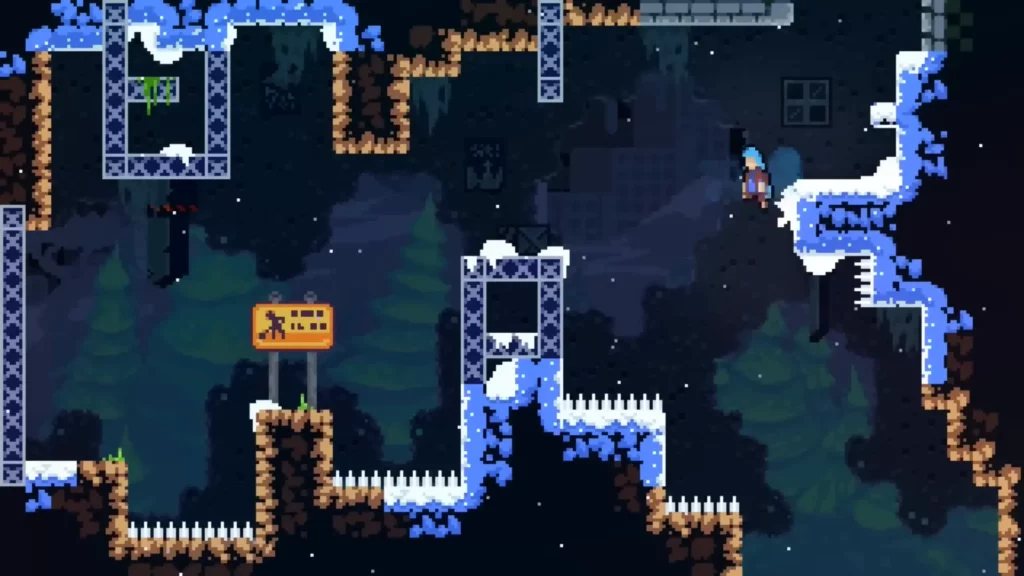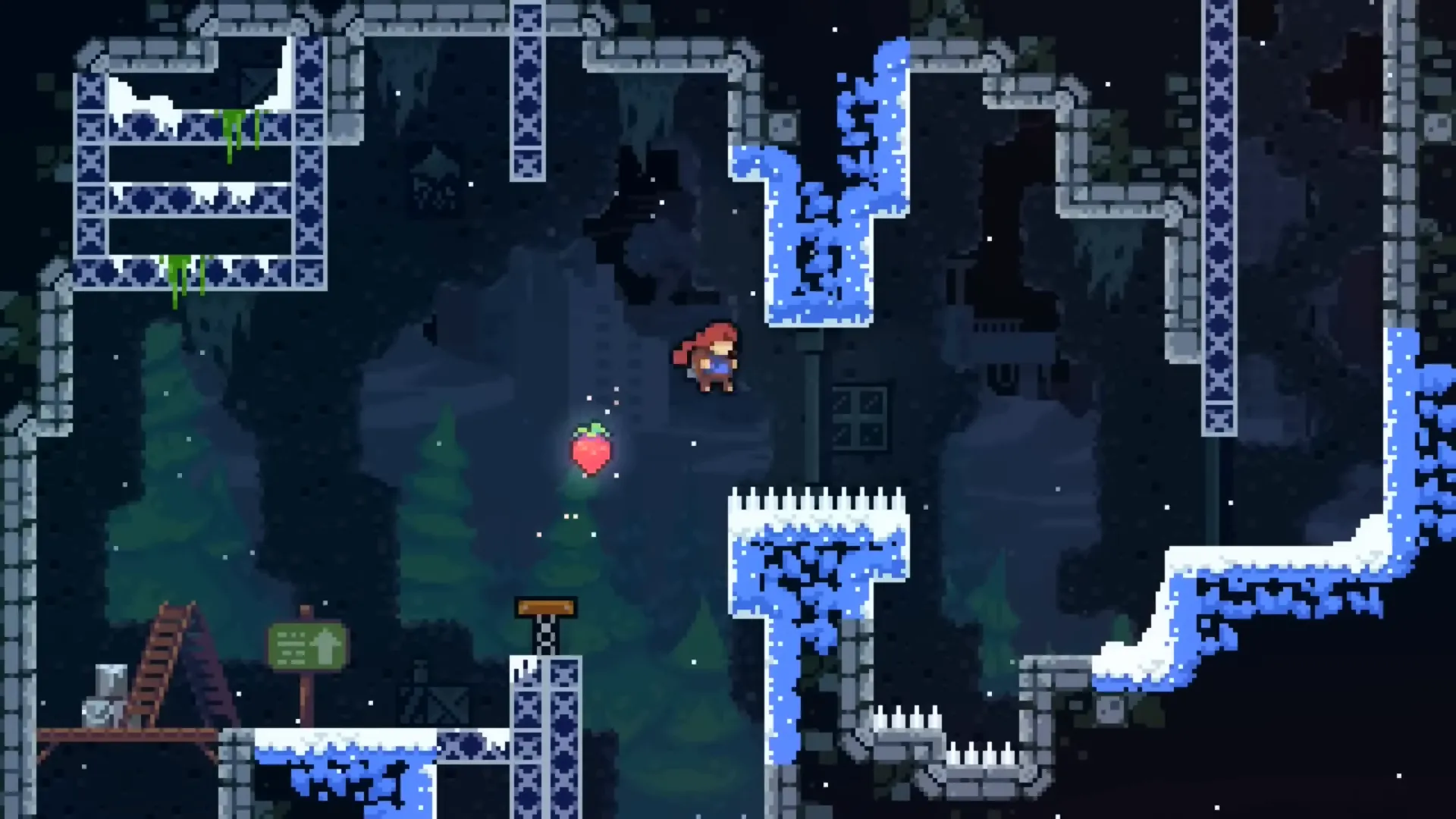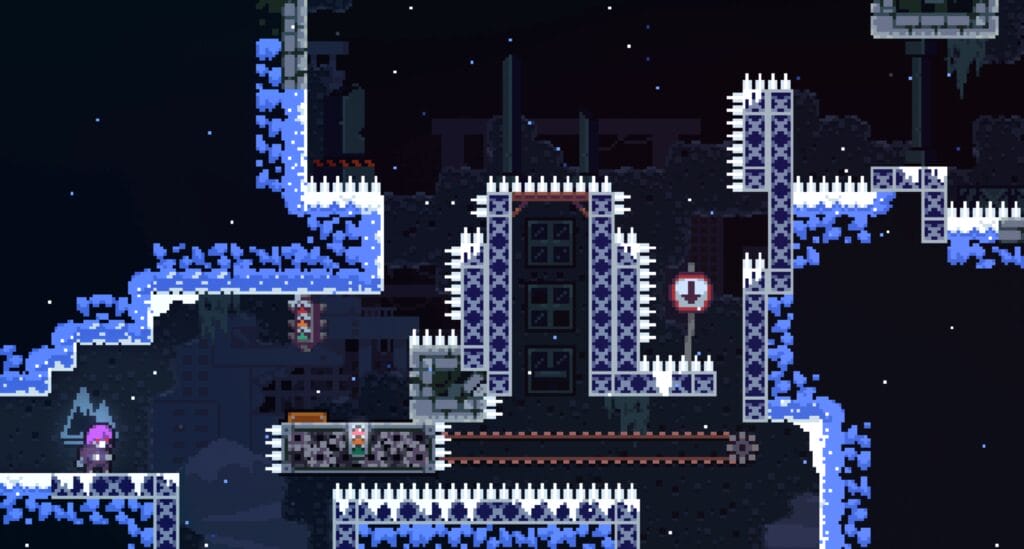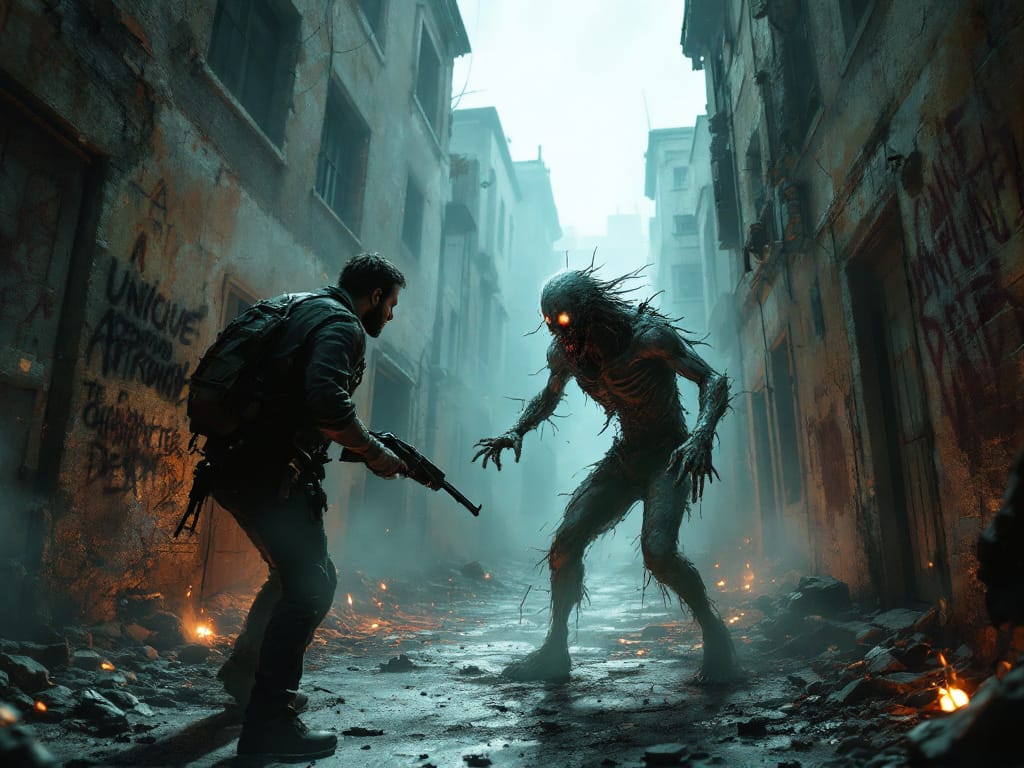Creating engaging game levels is crucial for keeping players immersed and excited. In this blog, we will explore essential tips for great level design that can transform your game development process. From establishing clear goals to understanding the language of your game, these principles will help you craft unforgettable gaming experiences.
Table of Contents
- 🎮 Introduction to Level Design
- 🎯 The Importance of a Clear Goal
- 🏆 Rewarding the Player: Incentives Matter
- 🌟 Keeping It Fresh: Unique Level Identities
- 🗺️ Avoiding Space Waste: Purposeful Design
- 🚦 Following the Flow: Guiding Player Movement
- 🗣️ Understanding the Language of Your Game
- 🧩 Understanding Game Language: Bringing Elements Together
- 📚 Applying the Principles: Real-World Examples
- 🚧 Common Mistakes in Level Design
- 🌈 Conclusion: Your Path to Great Level Design
- ❓ FAQ: Level Design Tips
🎮 Introduction to Level Design
Level design is a crucial part of game development. It’s not just about creating a space for players to explore; it’s about crafting an experience that keeps them engaged. This involves understanding player psychology, the game mechanics, and how to create challenges that feel rewarding.
In this section, we’ll dive into the basics of level design and why it matters. A well-designed level can make or break a player’s experience. It sets the stage for challenges, rewards, and the overall flow of the game.
🎯 The Importance of a Clear Goal

Having a clear goal is essential in level design. Players need to know what they’re working towards from the moment they start a level. Without a clear goal, players can easily become lost or disengaged.
- Define the Goal: Make it obvious what the player’s objective is.
- Visual Cues: Use visual indicators to guide players, like checkpoints or icons.
- Story Integration: Incorporate the goal into the game’s narrative to enhance player motivation.
For example, in games like Dark Souls, reaching the next bonfire serves as a clear goal, providing players with a sense of relief and achievement. This not only keeps players engaged but also gives them a visual representation of their progress.
🏆 Rewarding the Player: Incentives Matter

Rewards play a significant role in motivating players. Simply reaching a goal isn’t always enough; players need to feel that their efforts are recognized and valued.
- Emotional Rewards: Craft moments that evoke feelings of relief or excitement, like finding a save point.
- Game Mechanics: Use upgrades or new abilities as rewards to encourage exploration.
- Visual Feedback: Provide immediate visual or auditory feedback when a player achieves something.
For instance, in Hollow Knight, finding a bench not only saves the game but restores health, making it a rewarding experience. This emotional connection to rewards enhances player satisfaction and encourages them to keep pushing forward.
🌟 Keeping It Fresh: Unique Level Identities

Every level should feel unique and offer something new to the player. If every level feels the same, players may quickly lose interest. Here’s how to keep things fresh:
- Introduce New Mechanics: Gradually introduce new gameplay elements to keep players engaged.
- Diverse Environments: Create different visual themes and challenges for each level.
- Dynamic Gameplay: Mix up gameplay styles to prevent repetition.
Games like Portal and Celeste excel at this by introducing new mechanics at a steady pace, ensuring players are always challenged but never overwhelmed. This balance is key to maintaining excitement throughout the game.
🗺️ Avoiding Space Waste: Purposeful Design

Space in your level should always serve a purpose. Unused or empty areas can frustrate players and detract from their experience. Here are some tips to avoid space waste:
- Integrate Functionality: Ensure every area has a purpose, like providing items or hiding secrets.
- Streamlined Design: Avoid unnecessary backtracking and streamline paths to keep the pace moving.
- Player Engagement: Design spaces that encourage exploration without feeling empty.
For example, in many RPGs, villages should have all essential services close together to avoid frustrating players. The goal is to make sure players always feel like they are progressing and not wasting time.
🚦 Following the Flow: Guiding Player Movement

Player movement is crucial in level design. A well-designed level should naturally guide players through the space without feeling forced. Here are some strategies:
- Psychological Cues: Use visual and environmental cues to lead players towards objectives.
- Path Layout: Design paths that encourage exploration while still guiding players to their goal.
- Feedback Mechanisms: Incorporate feedback that rewards players for following the intended path.
Games like Skyrim use natural flow to guide players, while others cleverly hide secrets off the main path, rewarding exploration without overwhelming the player. Balancing guidance and freedom enhances player experience and encourages replayability.
🗣️ Understanding the Language of Your Game

Lastly, understanding the language of your game is vital. This means knowing how all elements—art, mechanics, and story—work together to create a cohesive experience. Here’s how to master this:
- Define Your Vision: Know what experience you want to create for players.
- Consistency: Ensure all elements align with your game’s theme and mechanics.
- Player Expectations: Consider what players will expect from your game based on its genre.
By keeping your vision clear and consistent, players will have a more immersive experience. For example, a fast-paced platformer should have levels that reflect that speed, while a horror game should evoke feelings of tension and fear.
🧩 Understanding Game Language: Bringing Elements Together
Game design is like a puzzle. Each piece must fit perfectly to create a coherent experience. Understanding the language of your game means knowing how all the elements—art, mechanics, and story—work together.

When you design a level, ask yourself: What is the message I want to convey? Every choice you make should align with the vision of your game. Here are some tips to help you understand game language:
- Define Your Vision: Clearly outline the experience you want to create.
- Consistency is Key: Make sure all elements align with your theme.
- Player Expectations: Consider what players will expect based on your genre.
By mastering the language of your game, you set the stage for an immersive experience that resonates with players. This understanding allows you to create levels that enhance your game’s narrative and mechanics.
📚 Applying the Principles: Real-World Examples
Now that we understand the principles, let’s look at some real-world examples of games that successfully apply these concepts.

Clear Goals in Action
In games like Dark Souls, the clear goal is to reach the next bonfire. This goal is visually represented and creates a sense of accomplishment. Players know what they are striving for, which keeps them engaged.
Keeping It Fresh
Portal is a masterclass in keeping things fresh. It introduces new mechanics gradually, allowing players to feel a sense of discovery with each level. By combining previously learned skills, players experience new challenges without feeling overwhelmed.
Avoiding Space Waste
In Stardew Valley, the layout of the town could be improved. The stretch of land between the farm and town feels unnecessary, creating a tedious experience for players. Instead, placing essential services closer would enhance the flow of gameplay.
Flow and Guidance
Games like Skyrim use visual cues to guide players. When leaving Helgen, players naturally follow the path to Riverwood. This intuitive design helps players to navigate without feeling lost.
Understanding Game Language
In Limbo, the level design reflects the game’s themes of vulnerability and helplessness. The sparse environment and obstacles enhance the player’s emotional experience. Understanding the game’s language helps create a powerful narrative through design.
🚧 Common Mistakes in Level Design

Even experienced designers can fall into traps. Here are some common mistakes to avoid:
- Lack of Clear Goals: Players should always know what they are working towards.
- Repetitive Mechanics: Avoid using the same challenges in every level.
- Wasted Space: Every area should serve a purpose to keep players engaged.
- Poor Flow: Levels should guide players naturally without overwhelming them.
By being aware of these pitfalls, you can create a more enjoyable experience for your players. Always test your levels and gather feedback to improve your designs.
🌈 Conclusion: Your Path to Great Level Design
Level design is a journey that requires practice and patience. By applying the principles we’ve discussed—clear goals, fresh experiences, purposeful design, guiding flow, and understanding game language—you can create levels that captivate players.

Remember, the key is to keep your players engaged while providing them with a sense of achievement. As you develop your skills, keep refining your approach and exploring new ideas. Your creativity is your most powerful tool!
❓ FAQ: Level Design Tips
Here are some frequently asked questions about level design:
1. What is the most important aspect of level design?
The most important aspect is having a clear goal. Players should always know what they are striving for.
2. How can I keep my levels feeling fresh?
Introduce new mechanics gradually and combine them in innovative ways to keep players engaged.
3. How do I avoid wasting space in my levels?
Ensure every area has a purpose, whether it’s for gameplay, story, or exploration. Streamline your design to enhance player experience.
4. How can I guide player movement without being too obvious?
Use visual cues and environmental design to lead players naturally, allowing for exploration while still guiding them towards objectives.
5. How do I understand the language of my game?
Reflect on your vision, ensure consistency across elements, and consider player expectations based on your genre. This understanding will enhance your level design significantly.
By implementing these tips for great level design, you’re well on your way to creating engaging and memorable gaming experiences. Keep experimenting and learning, and you’ll continue to grow as a game designer!


















